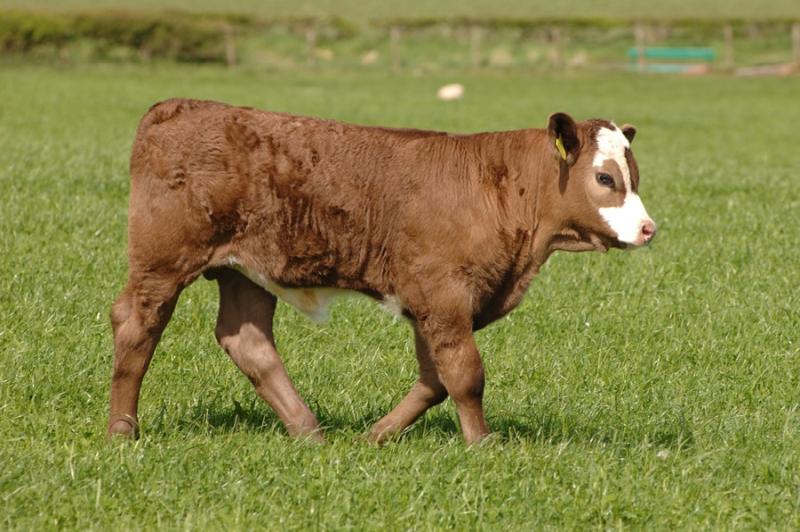
A new report by the UK's red meat levy boards aims to 'inform and empower' farmers in making their beef suckler enterprises more profitable.
The 'Building Better Beef' will look at on-farm management practices and provide detail on how to improve the profitability of suckler beef herds.
Quality Meat Scotland, Meat Promotion Wales and AHDB commissioned ADAS to conduct the comprehensive study, which will be released at AgriScot today.
The report acknowledges the diversity of enterprises by outlining the reasoning, benefits and limitations of different suckler beef businesses – whether that’s an extensive upland hill farm or a more intensive lowland enterprise.
As well as delving into emerging ideas and technologies, researchers have used scientific evidence to identify eight priority areas for improving performance.
They are presented as the ‘foundations of efficient suckler management’ and include reviewing the cow base, tightening calving blocks and adopting artificial insemination to improve performance.
Bruce McConachie, head of industry development at QMS, said: “This is the first time all the information in the industry has been pulled together, making it a one-stop shop for the factors which can make your suckler enterprise more resilient.
“While you may be familiar with some of the elements within the report, we encourage you to reflect on what works and what’s challenging your suckler enterprise, and use this report as a prompt to review your business structure and processes."
Kim Matthews, AHDB head of animal breeding, added that the report brought together in one place the evidence to support farmers’ drive to improve the profitability and sustainability of suckler enterprises.
"Many of our professional suckler producers will already be following the best practice recommendations made," she said.
"But it is always worth reviewing what we are doing and seeing if there are any areas of opportunity to further improve.
"Importantly the work has also highlighted areas where there is more research needed to fill gaps in the evidence on what is best practice.
"We will use these in future months to inform our discussions with researchers and other research funders around the needs of the sector.”
One study quoted in the report saw a 16% increase in calve income when cows have ideal, rather than low, body condition scores (BCS).
Mr McConachie said that was a good example of a fundamental management practice that "can be overlooked when the pressure is on but has a significant financial impact."
ADAS outlines other areas where scientific literature shows there are additional gains to be had, including tightening the block calving window, cull timings, breeding for improve calving ease and genomic techniques.
Finally, the report looks at newer and less well researched approaches for refining high performing herds, such as rotational grazing with the use of geo-fencing to the use of sexed semen and artificial intelligence.
The 'Building Better Beef' report will be released today and made available on the UK's red meat levy boards' websites.
